How to Conduct Competitor Analysis for X(twitter) Ads?
In this blog post, we will delve into how to conduct X(twitter) Ads competitive analysis. First, let's briefly outline the basic facts and characteristics of X(twitter) Ads.
Overview
X(twitter), as one of the world's largest real-time information-sharing platforms and one of the most popular social media platforms globally, boasts billions of users who share various information, opinions, and content daily. With a vast user base spanning across different industries and regions, advertising on X(twitter) enables reaching a diverse audience and effectively enhancing brand exposure and awareness. Compared to other social platforms, X(twitter) is renowned for its immediacy and real-time nature, providing advertisers with unique promotional opportunities.
X(twitter) Ads come in various forms, including promoted tweets, promoted accounts, and promoted trending topics. Promoted tweets can be showcased on users' timelines, attracting more attention and engagement; promoted accounts can increase follower count, enhancing brand exposure; promoted trending topics can make advertisers' content stand out among X(twitter)'s hot topics, generating more discussions and attention.
The Importance of Competitive Analysis
Competitive analysis plays a crucial role in formulating X(twitter) advertising strategies. It not only helps you better understand competitors' advertising strategies and actions but also provides valuable market insights to optimize your advertising activities, and improve ad effectiveness, and ROI, offering robust references and support for your marketing campaigns.
Objectives and Value of Competitive Analysis
In-depth understanding of Competitors' Advertising Strategies
By analyzing competitors' ad content, target audiences, timing, and geographic distribution, you can identify their strengths and weaknesses, including key promotional focuses, creative characteristics, and deployment strategies. This allows for targeted formulation of your own advertising strategies. For example, you can learn from competitors' successful experiences to optimize your ad content and creativity, while avoiding their blind spots to enhance ad deployment efficiency.
Understanding Market Trends and Dynamics
Observing competitors' ad placements enables you to grasp market dynamics, identify potential market opportunities and challenges, and adjust your advertising strategies promptly to maintain a competitive edge. Additionally, competitive analysis helps evaluate your position in the market, understand your competitive advantages and disadvantages, and formulate more effective marketing strategies for future development.
Understanding Audience Needs
Competitive analysis also helps understand audience preferences and behavioral habits, enabling better audience targeting to enhance ad accuracy and effectiveness.
How to Use BigSpy for X(twitter) Ads Competitive Analysis
When conducting X(twitter) Ads competitive analysis, BigSpy serves as a powerful tool to gain insight into competitors' advertising strategies and trends, thereby optimizing your advertising activities. Below, we'll provide a step-by-step guide on how to use BigSpy for X(twitter) Ads competitive analysis:
1. Log in to the BigSpy platform
Visit the official website of BigSpy and log in to your account. If you don't have an account yet, you can register for a free account to start using BigSpy services.
2. X(twitter) Ads Competitive Filtering
In the main interface of BigSpy, input your competitors' accounts or keywords you want to analyze. BigSpy will retrieve relevant ad information and display it to you.
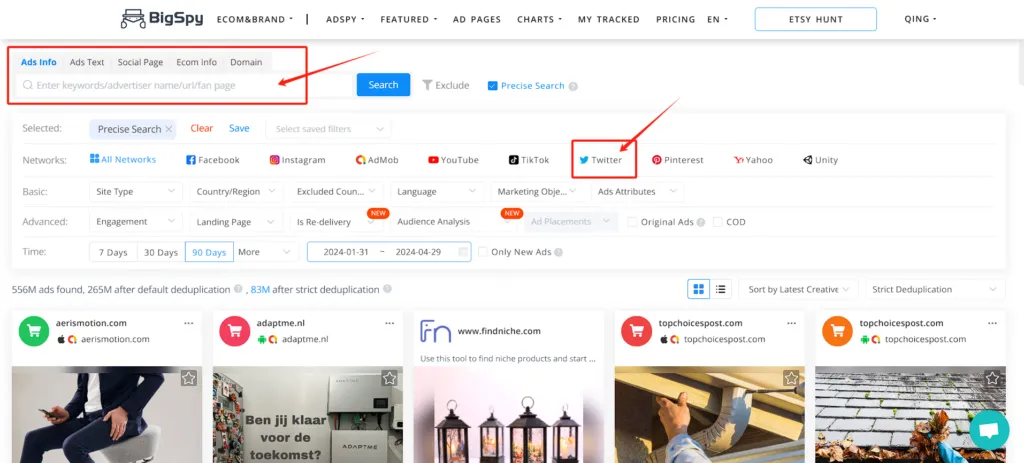
3. X(twitter) Ads Competitive Analysis
Select the ad creatives you want to view, which will redirect you to the ad analysis page. Here, you can view ad placement countries, audiences, material data, and more. Additionally, you can download materials.
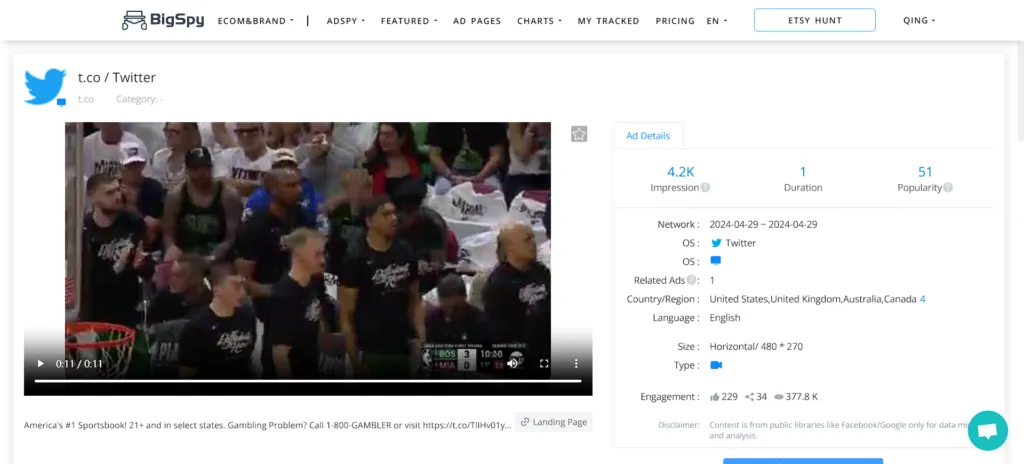
(1) Country/Region Analysis
Obtain data on ad placement countries/regions.
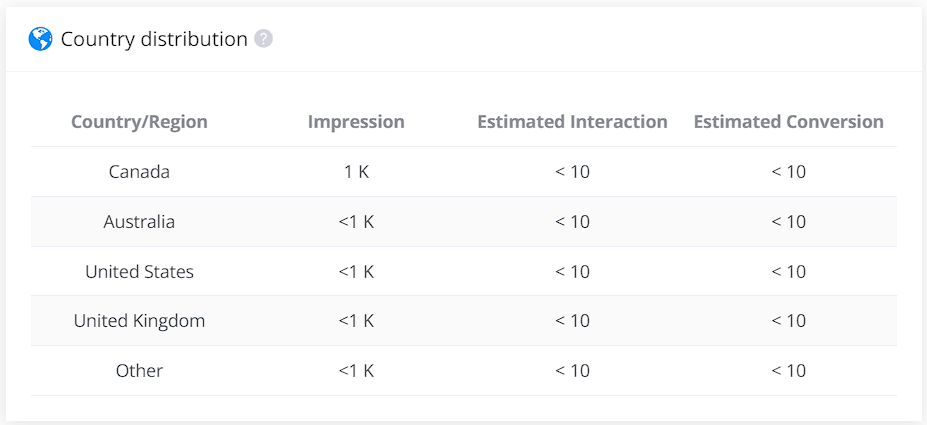
(2) Copy Keyword Analysis
Obtain data on the keywords used in ads and the types of copies.
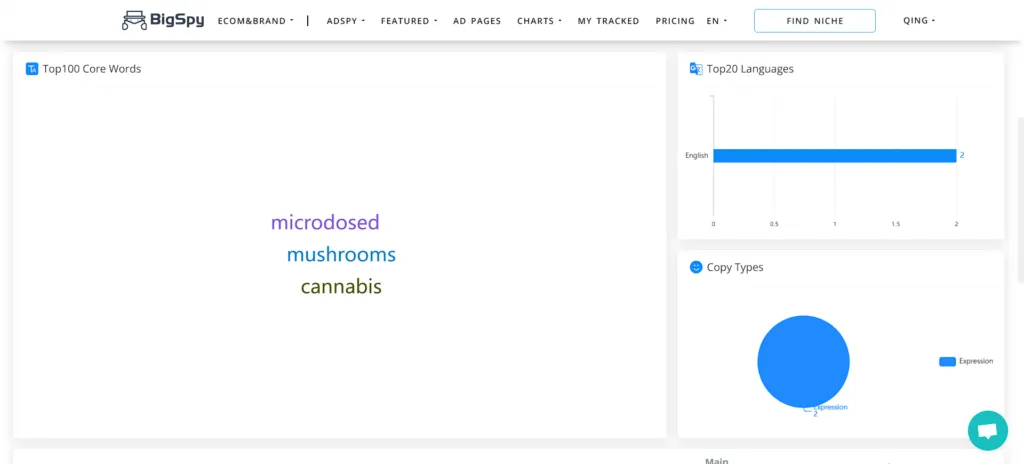
(3) Audience Analysis
Obtain data on ad audience, including age, gender, and country.
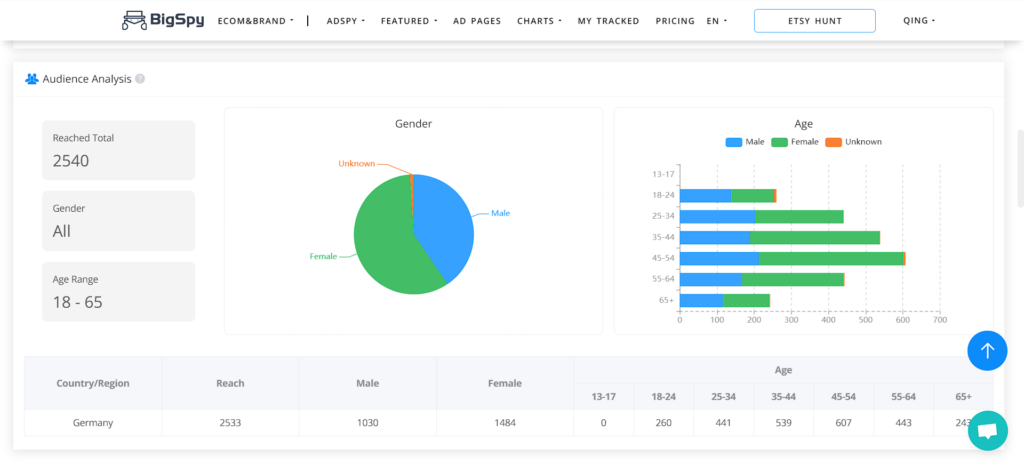
4. Extract Key Insights and Strategies
Based on the data and information provided by BigSpy, you can extract key insights and strategies, including competitors' strengths and weaknesses, market trends, and audience needs. These insights and strategies will provide valuable references and insights for formulating more targeted advertising strategies.
Through the above steps, you can use BigSpy for X(twitter) Ads competitive analysis to gain insight into competitors' advertising strategies and trends, providing effective guidance and optimization directions for your advertising activities. Therefore, when conducting X(twitter) Ads competitive analysis, consider using professional tools like BigSpy to enhance your competitive advantage and maximize the value of advertising marketing.
Conclusion
As advertising technology continues to evolve and innovate, we can anticipate that competitive analysis tools will become more intelligent and comprehensive, providing advertisers with more precise and effective competitive analysis services. Additionally, we can expect the application of competitive analysis in the field of advertising marketing to become more in-depth and extensive, bringing more market insights and competitive advantages to advertisers. Therefore, we recommend that advertisers always prioritize competitive analysis in their daily advertising strategy formulation, fully utilize various professional tools, continuously improve their competitiveness, and achieve long-term success in advertising marketing.













